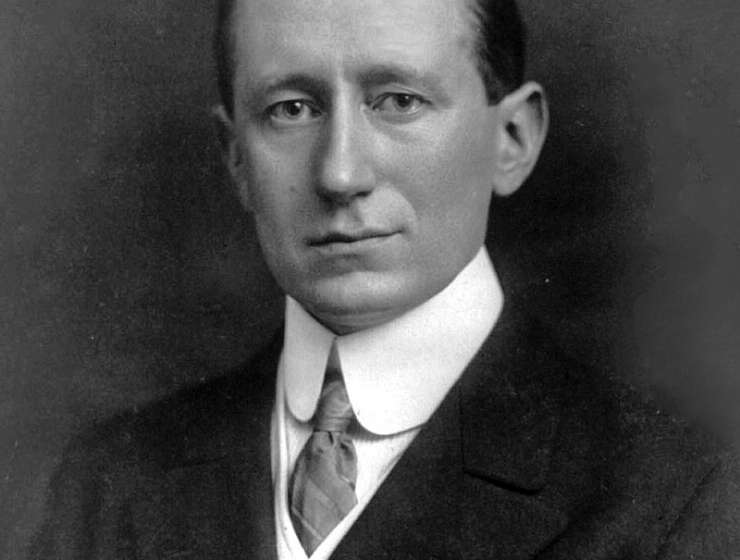
Guglielmo Marconi (1874-1937) was a mere 27 years old when he successfully made the first transatlantic radio transmission on December 12, 1901.
Inspired by the German physicist Heinrich Hertz, who had solidified and proved the theory of electromagnetic waves, Marconi began experimenting with radio waves at a very young age. Despite having moderate success in his experimentations, there was little support to be garnered for his findings in his native Italy, so Marconi moved to England in 1896, where he was assured by a colleague that it would be easier to source developmental funding. Over the next few years, he increased the distances covered by his transmissions, even managing to broadcast across the English Channel in 1899.
Marconi set up a station on the South East coast of Ireland, at Marconi House, Rosslare Strand, Co. Wexford in 1901. This was to act as an intermediary station between Marconi’s base at The Poldhu Wireless Station in Cornwall, England and a subsequent station on the West coast of Ireland in Clifden in Co. Galway. This would provide the power necessary for his landmark experiment.










































